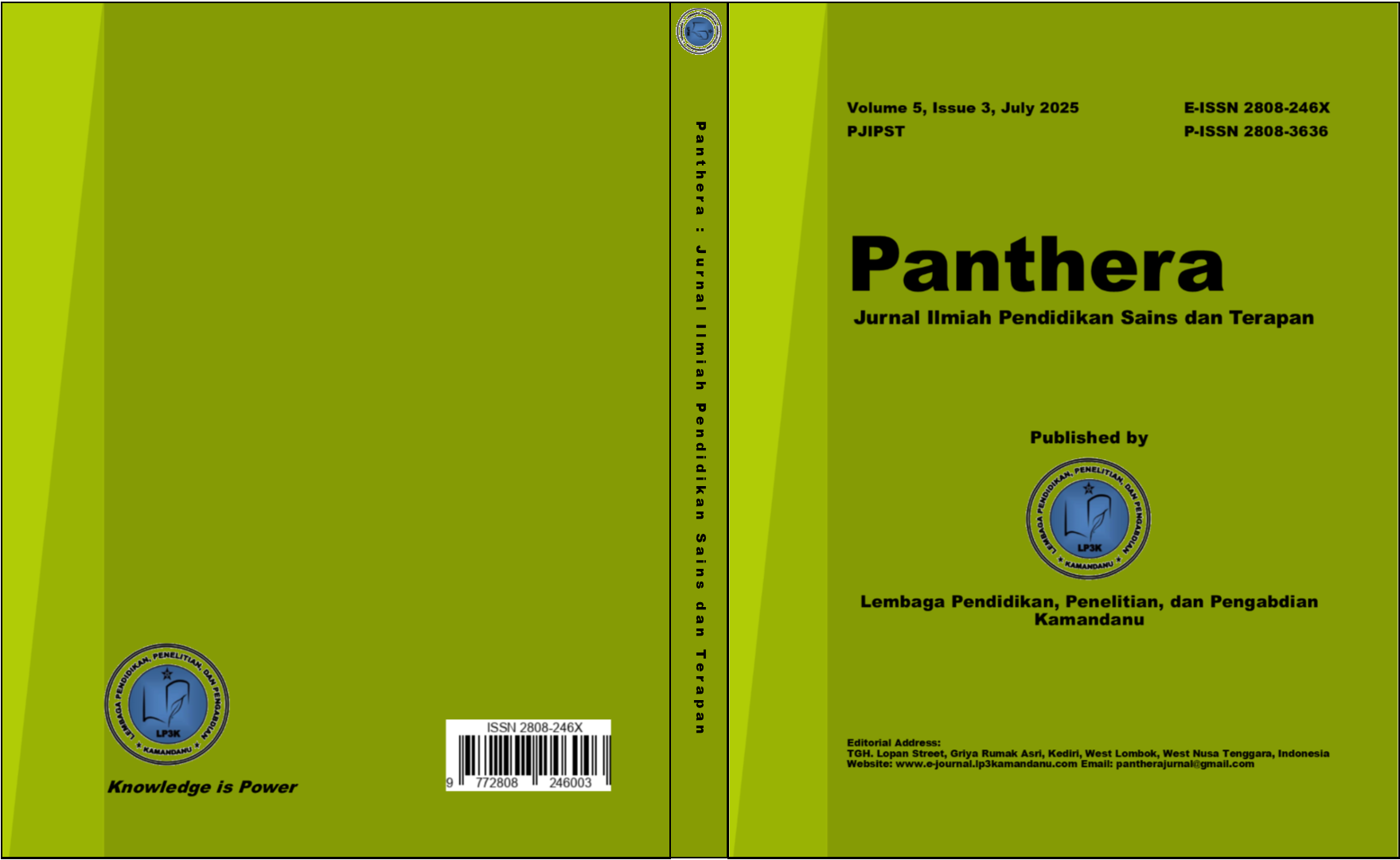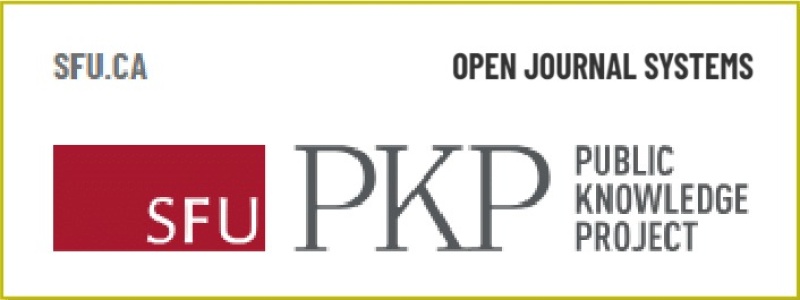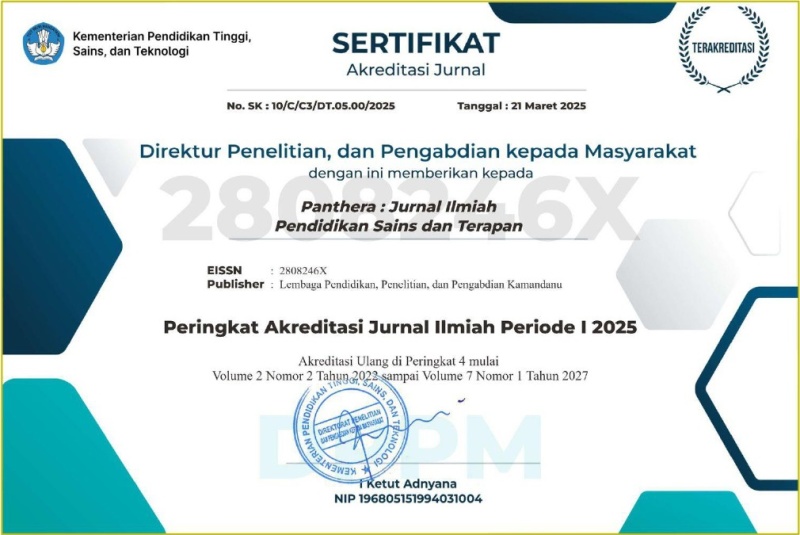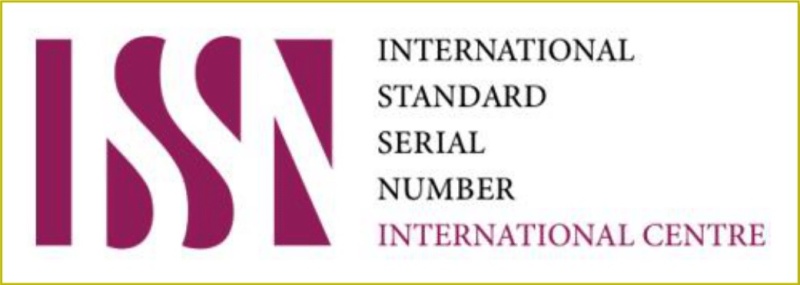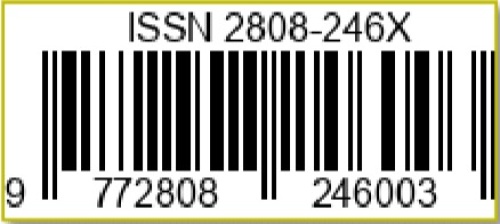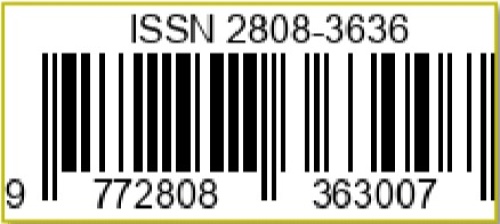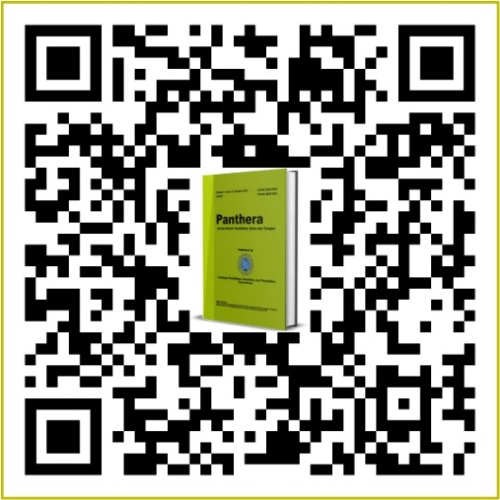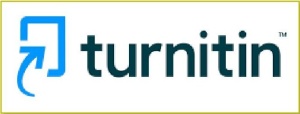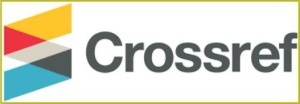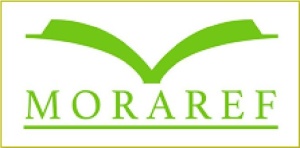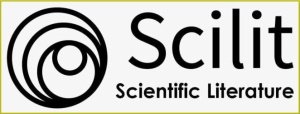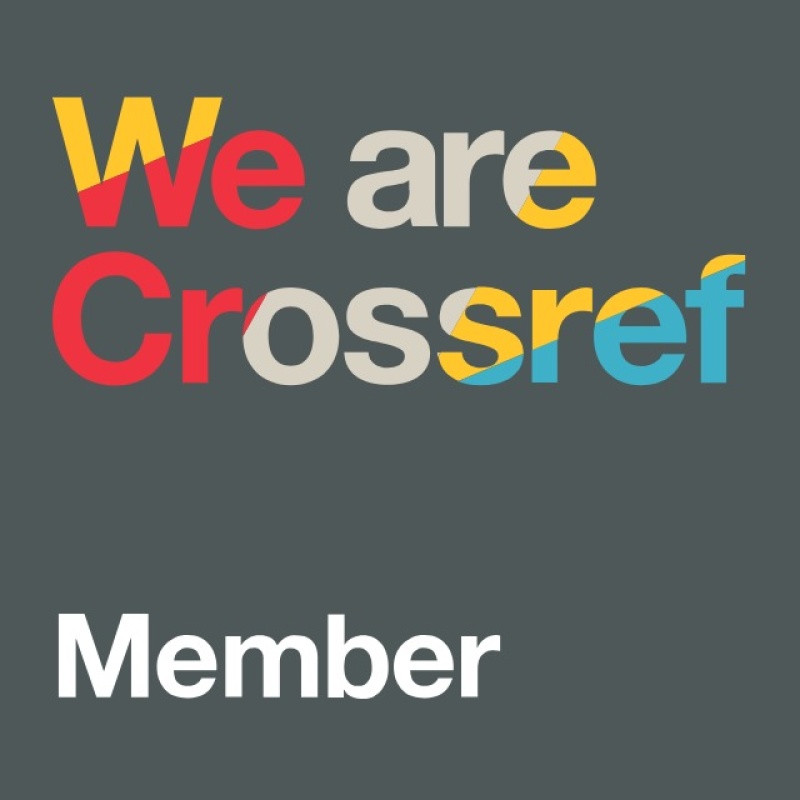Pengaruh Video Tutorial Pembelajaran untuk Meningkatkan Hasil Belajar Pengetahuan Fungsi Bagian-bagian Mesin Las
DOI:
https://doi.org/10.36312/panthera.v5i3.497Keywords:
Learning Outcomes, N-Gain, Vocational Education, Welding Techniques, Video TutorialsAbstract
This study aims to determine the effectiveness of using video tutorial media in improving student learning outcomes on the material of welding machine parts functions at SMK IPT Karangpanas, Semarang. The research method used was a true experiment with a pretest-posttest control group design. The research sample consisted of 44 students of class X Machining Engineering who were randomly divided into an experimental group of 22 students and a control group of 22 students. The data collection instrument used was a multiple-choice objective test given before and after treatment. The experimental group received learning using video tutorials, while the control group followed conventional learning. The results of the independent sample t-test on the post-test showed a significant difference between the two groups (p < 0.001), with an average score of 85.23 for the experimental group and 68.86 for the control group. The normality and homogeneity tests met the requirements of parametric analysis. The results of the N-Gain analysis showed a high increase in the experimental group (0.7670) and a moderate increase in the control group (0.4741). These findings indicate that video tutorials are effective in improving students' conceptual understanding and technical skills and are suitable for use as an alternative learning strategy in vocational education.
Downloads
References
Ahmad, A., Mawardi, M., Afandi, A., & Asriadi, K. (2022). Pengaruh Video Tutorial terhadap Hasil Belajar Peserta Didik Kelas XI Mata Pelajaran Teknik Pemesinan Bubut SMKN 2 Makassar. Journal of Innovation Research and Knowledge, 2(5), 2355-2360. https://doi.org/10.53625/jirk.v2i5.3702
Ardianik, A., & Arifin, Z. (2023). Pengaruh Model Problem Based Learning (PBL) terhadap Kemampuan Memecahkan Masalah Matematika Cerita dan Kemandirian Belajar Siswa Kelas VIII SMP Dr. Soetomo Surabaya. In Prosiding Seminar Nasional Inovasi dan Pengembangan Teknologi Pendidikan (pp. 1-8). Surabaya, Indonesia: Universitas Negeri Surabaya.
Aulia, U., Efriyanti, L., & Munardi, A. (2023). Pengaruh Penggunaan Media Pembelajaran Berbasis Video Tutorial terhadap Hasil Belajar Bimbingan TIK pada Kelas X di SMAN 1 Batahan. Cendekia : Jurnal Ilmu Sosial, Bahasa dan Pendidikan, 3(1), 140-148. https://doi.org/10.55606/cendikia.v3i1.677
Ayuningtiyas, S. F., & Purnamasari, N. L. (2019). Pengaruh Penggunaan Media Pembelajaran Video Tutorial terhadap Minat dan Hasil Belajar Siswa di SMK Perwari Tulungagung. JOEICT (Jurnal of Education and Information Communication Technology), 3(1), 30-36. https://doi.org/10.29100/joeict.v3i1.731
Eugenio, L. R., Gallart, M. S., Plaza, S. R., & Padrós, M. (2023). Dialogic Literary Gatherings: A Systematic Review of Evidence to Overcome Social and Educational Inequalities. Educational Research Review, 39(2), 1-17. https://doi.org/10.1016/j.edurev.2023.100534
Eze, T. I., Onwusa, S. C., & Nwaosa, F. I. (2020). Effectiveness of Computer Tutorial Model, Drill and Practice on Student’s Achievement and Retention in Fabrication and Welding Technology in Technical Colleges. European Journal of Education Studies, 7(10), 269-284. https://doi.org/10.46827/ejes.v7i10.3304
Hanif, Y. N., & Himawanto, W. (2017). Statistik Pendidikan. Yogyakarta: Deepublish.
Hasnunidah, N. (2017). Metode Penelitian Pendidikan. Medan: Media Akademi.
Majdi, M. K., Subali, B., & Sugianto, S. (2018). Peningkatan Komunikasi Ilmiah Siswa SMA melalui Model Quantum Learning One Day One Question Berbasis Daily Life Science Question. UNNES Physics Education Journal, 7(1), 81-90. https://doi.org/10.15294/upej.v7i1.22479
Mardiana, A., Doewes, M., & Purnama, S. K. (2019). Development of Learning Media Based on Video Tutorial on Basketball Based Shooting Techniques. Journal of Education, Health and Sport, 9(5), 298-303.
Martias, L. D. (2021). Statistika Deskriptif sebagai Kumpulan Informasi. Fihris : Jurnal Ilmu Perpustakaan dan Informasi, 16(1), 40-59. https://doi.org/10.14421/fhrs.2021.161.40-59
Nadeak, B., & Naibaho, L. (2020). Video-Based Learning on Improving Students’ Learning Output. PalArch’s : Journal of Archaeology of Egypt/ Egyptology, 17(2), 44-54. https://doi.org/10.48080/jae.v17i2.25
Peraturan Pemerintah Nomor 66 Tahun 2010 tentang Perubahan Atas Peraturan Pemerintah Nomor 17 Tahun 2010 tentang Pengelolaan dan Penyelenggaraan Pendidikan. 2010. Jakarta: Pemerintah Republik Indonesia.
Pramana, I. B. W., Fitriani, H., & Safnowandi, S. (2022). Pengaruh Metode Mind Map dengan Media Komik terhadap Minat Baca dan Hasil Belajar Kognitif Siswa. Biocaster : Jurnal Kajian Biologi, 2(2), 71-87. https://doi.org/10.36312/bjkb.v2i2.68
Selfia, M., Hamdani, A., & Komaro, M. (2024). Innovative Learning Media in Teaching 2D Drawing Modification with CAD Technology. Journal of Mechanical Engineering Education, 11(1), 1-9. https://doi.org/10.17509/jmee.v11i1.69079
Sudiyono, S., & Alip, M. (2016). Evaluasi Sarana dan Prasarana Bengkel Praktik SMK Teknik Pemesinan di Kota Semarang. Jurnal Pendidikan Vokasi, 6(1), 79-93. https://doi.org/10.21831/jpv.v6i1.8117
Sugiyono, S. (2010). Metode Penelitian Pendidikan Pendekatan Kuantitatif, Kualitatif, dan R&D. Bandung: CV. Alfabeta.
Undang-Undang Nomor 20 Tahun 2003 tentang Sistem Pendidikan Nasional. 2003. Jakarta: Pemerintah Republik Indonesia.
Wekke, I. S. (2019). Metode Penelitian Sosial. Bandung: PT. Refika Aditama.
Wicaksono, H. S., & Hidayatullah, R. S. (2023). Media Video terhadap Hasil Belajar Mata Pelajaran Dasar Pemeliharaan Mesin Kendaraan Ringan. Jurnal Pendidikan Teknik Mesin, 12(2), 16-19.
Downloads
Published
How to Cite
Issue
Section
License
Copyright (c) 2025 Muhammad Aldy Naufal Azmi, Muhammad Khumaedi, & Kriswanto

This work is licensed under a Creative Commons Attribution-ShareAlike 4.0 International License.
-
Attribution — You must give appropriate credit, provide a link to the license, and indicate if changes were made. You may do so in any reasonable manner, but not in any way that suggests the licensor endorses you or your use.
-
ShareAlike — If you remix, transform, or build upon the material, you must distribute your contributions under the same license as the original.

